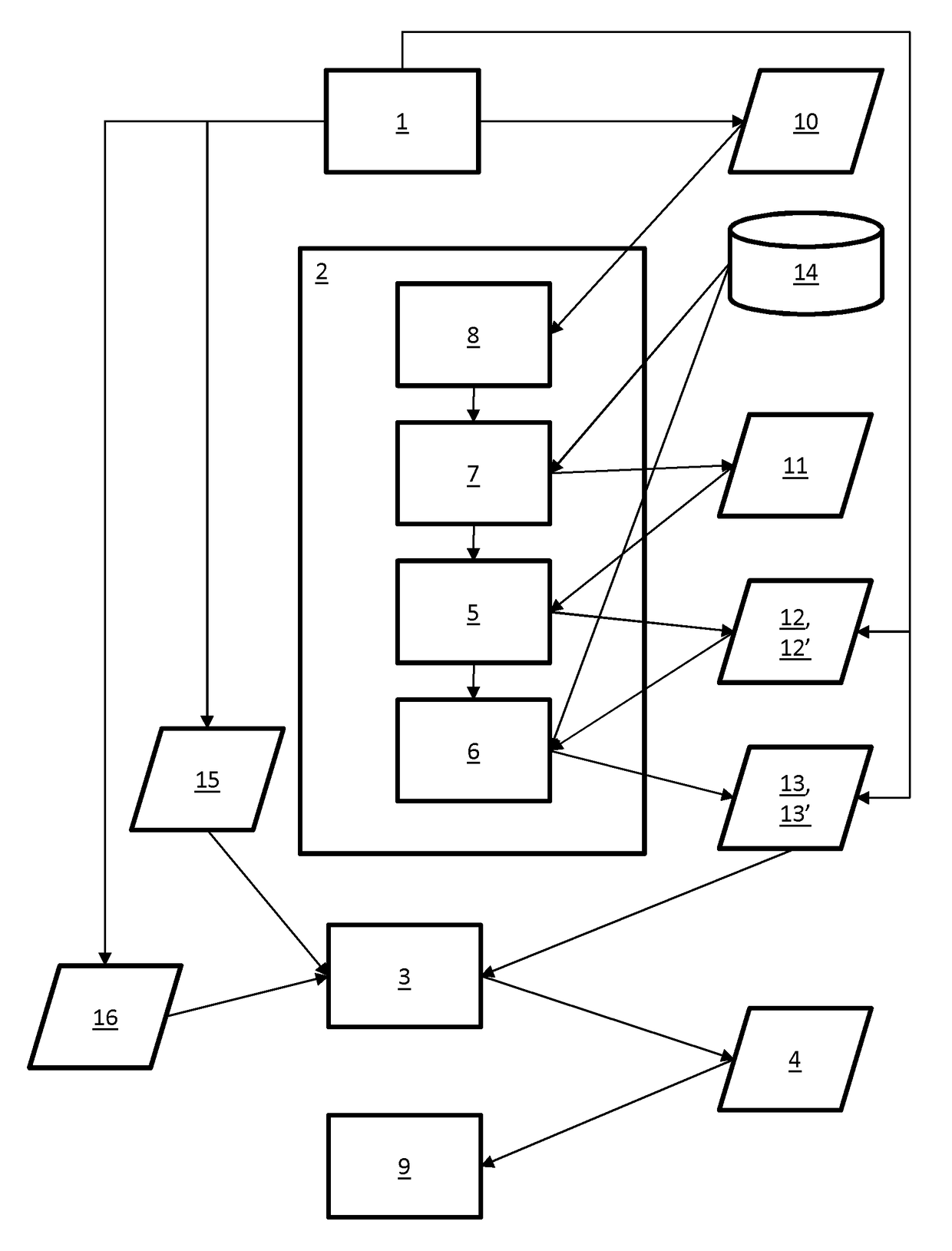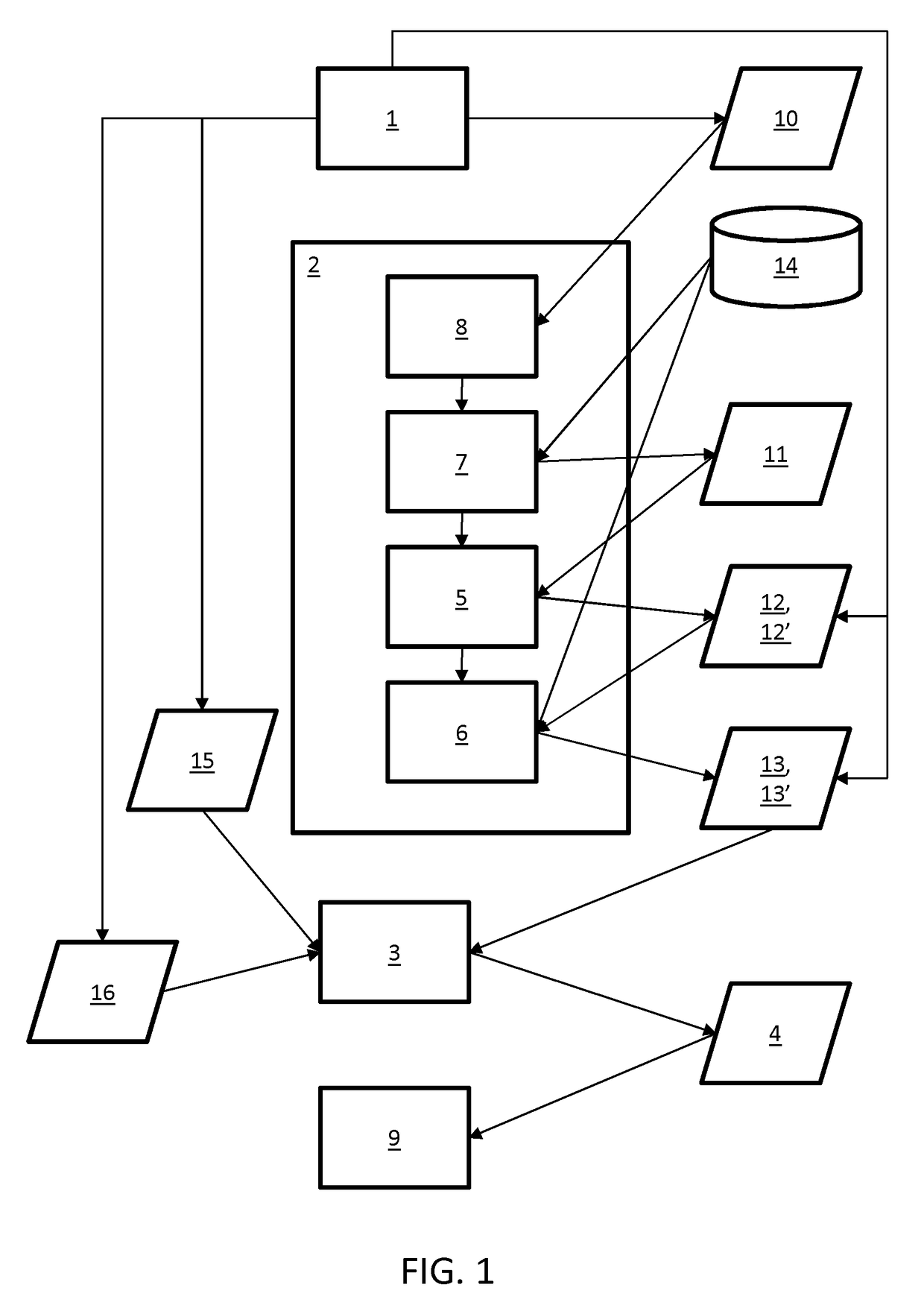Creating an access control policy based on consumer privacy preferences
a privacy preference and access control technology, applied in the field of access control policies, can solve problems such as restricting access to documents, and achieve the effects of accurate determination of the document set, less details, and convenient use for users
- Summary
- Abstract
- Description
- Claims
- Application Information
AI Technical Summary
Benefits of technology
Problems solved by technology
Method used
Image
Examples
Embodiment Construction
[0039]Information retrieval methods may be based on the term statistics in a collection of textual documents, i.e., using the number of term occurrences in a document (term frequency) and / or in a collection (collection frequency), and the number of documents containing a term. This is explained in Baeza-Yates, R., & Ribeiro-Neto, B. (1999). Modern Information Retrieval. Essex, UK: ACM Press (hereinafter: Baeza-Yates et al.). Besides information search, such statistical information, along with available ontologies, can be useful in helping the user to define various properties related to the data collection in question.
[0040]Consumers / patients usually have very high-level privacy preferences and are not familiar with the structure of electronic health records (EHRs) and object vocabularies used by EHR systems such as the one of HL-7 described above. They have difficulties in specifying their privacy policies and consent, as there is a large discrepancy between their preferences on th...
PUM
 Login to View More
Login to View More Abstract
Description
Claims
Application Information
 Login to View More
Login to View More - R&D
- Intellectual Property
- Life Sciences
- Materials
- Tech Scout
- Unparalleled Data Quality
- Higher Quality Content
- 60% Fewer Hallucinations
Browse by: Latest US Patents, China's latest patents, Technical Efficacy Thesaurus, Application Domain, Technology Topic, Popular Technical Reports.
© 2025 PatSnap. All rights reserved.Legal|Privacy policy|Modern Slavery Act Transparency Statement|Sitemap|About US| Contact US: help@patsnap.com



